The apparatus consists of a large metal spherical chamber attached to a metal table. There are two electrical enclosures bolted to the table legs. The chamber is outfitted with multiple servomotors, each driven by an independent servo amplifier. Servo control, along with thermocouple and pressure transducer monitoring, is achieved using LabVIEW via a DAQ chassis with several modules.
One enclosure receives 208 V AC to power the servo drives. It is distributed to a series of breakers and eventually the servo amps. The ground wire is bolted to the enclosure ground lug. Similarly, the second enclosure receives mains 110 V AC to power the instrument control (DC power supplies, relays, stain gauge amp, DAQ chassis, etc.). The ground wire is again bolted to the enclosure ground stud. Essentially the entire apparatus is connected (physically and electrically) to ground via two paths.
My problem arises when I consider how to wire the DC power supplies. In particular, each servo amp needs +5V DC to enable. So, I split up the positive terminal from my 5 V power supply via terminal blocks and route this to the appropriate point on each amplifier. However, there is no negative terminal on the amplifiers to run return lines to the power supply, the +5 V DC is relative to the amplifiers' common terminal, which is connected to its metal frame, which is connected to the enclosure, which is therefore grounded along with everything else. So, it would appear that I should simply ground my power supply's negative terminal, thus completing the circuit.
I have the same problem with the positive voltage required to control the motor speed. This is output from a digital-to-analog converter but again, the amplifier measures this input voltage relative to its common. So it would once again appear that I need to complete the circuit by connecting ground to the converter's negative terminal.
My question is this: Can I tie the negative terminals of my 12 V and 5 V power supplies to ground, which basically means they are connected to every piece of the apparatus?
My main concern is that the power supplies also power precision equipment (a 5 V pressure transducer, a 12 V signal conditioner). These items have a positive and negative terminal, and could, in theory, be wired directly to a power supply without involving ground.
Will these be affected by using ground as the negative?
Apologies for the question length, I can add diagrams or detail as required.
Thanks ]1
]1
EDIT: Added proposed diagram





